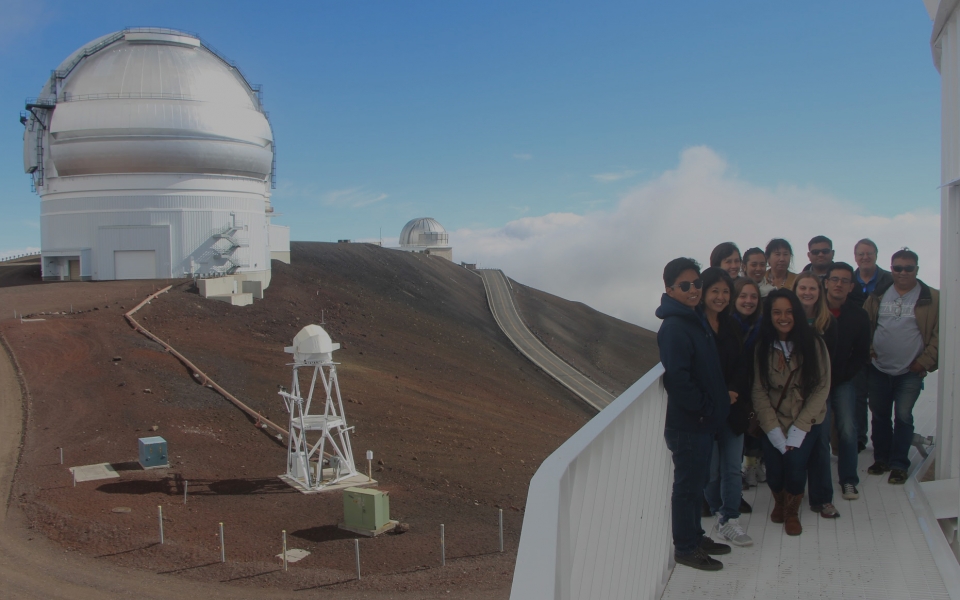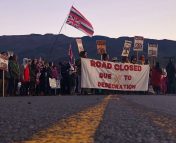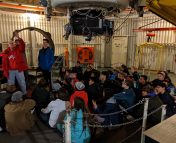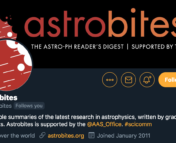Giving telescope time at world-class observatories to high school students may seem like a far-out idea. However, the Canada-France-Hawai`i Telescope (CFHT) and the Maunakea Observatories in Hawai`i has done just that through their Maunakea Scholars (MKS) program. Started in 2015, MKS gives public high school students in Hawai’i the opportunity to visit the Maunakea Observatories to conduct astronomy research. Upon noticing that any astronomy research being conducted at the high school level was often done by students who had previous connections with observatory staff or scientists, staff at CFHT decided to bring astronomy research to the students. “We wanted to flip the paradigm in how we do outreach [in astronomy],” says Mary Beth Laychak, outreach director at CFHT and head of MKS.
MKS has a unique approach to bringing astronomy research to the classroom: the science is student-led at every step. During the Fall semester, students choose a science topic and write a proposal for telescope time on any of the 13 Maunakea Observatories to conduct their research. This is done under the guidance of graduate student mentors (like me!). As a mentor, I help students narrow down their ideas into something tangible and provide guidance about the type of observations they need to answer their science topic. At the end of the Fall semester, the proposals get sent to the MKS Time Allocation Committee, who decides which students will be awarded telescope time. Just like with professional telescope proposals, time is awarded to roughly 30% of the students who submit proposals.
The Spring semester begins with an awards ceremony, where the winning proposals are awarded telescope time. Students who were not awarded time work with archival data from CFHT. All students in the program then visit the summit of Maunakea to see first-hand the observatories they get to work with. The projects can vary in length. Some students finish at the end of the school year, while others, usually in early high school, continue working with their graduate student mentor on a more long-term study. Some of these students go on to present their projects at the state science fair, and some even decide to major in astronomy in college.

When reflecting on his experience in MKS, Cliff Villanueva, a student in the 2015 MKS cohort said, “before MKS, I didn’t know what I wanted to do in my career. MKS showed me that whatever I decided to do I had to be passionate about it.” His favorite part of the program was learning about the universe and seeing how much he and his fellow students learned about their research topics as the program progressed.
Now in its fifth year, MKS has grown into a program involving 13 schools spanning all major Hawaiian islands. The program has reached hundreds of students, sent students to the AAS meeting in Honolulu, and has benefitted the astronomy community in Hawai`i in immeasurable ways. When asked about some of the unexpected outcomes of the program, Laychak stated that, “I was surprised by how many of the observatories wanted to be involved and how excited they were to work with high school students.” This program has additionally started broader conversations about how best to engage with the Hawaiian community. To further these connections MKS has partnered with the ‘Imiloa Astronomy Center to ground the program within the context of Hawaiian culture, which has a rich history and practice of astronomy. Looking ahead, MKS hopes to continue to grow their relationship with the community and help more students reach for the stars!




